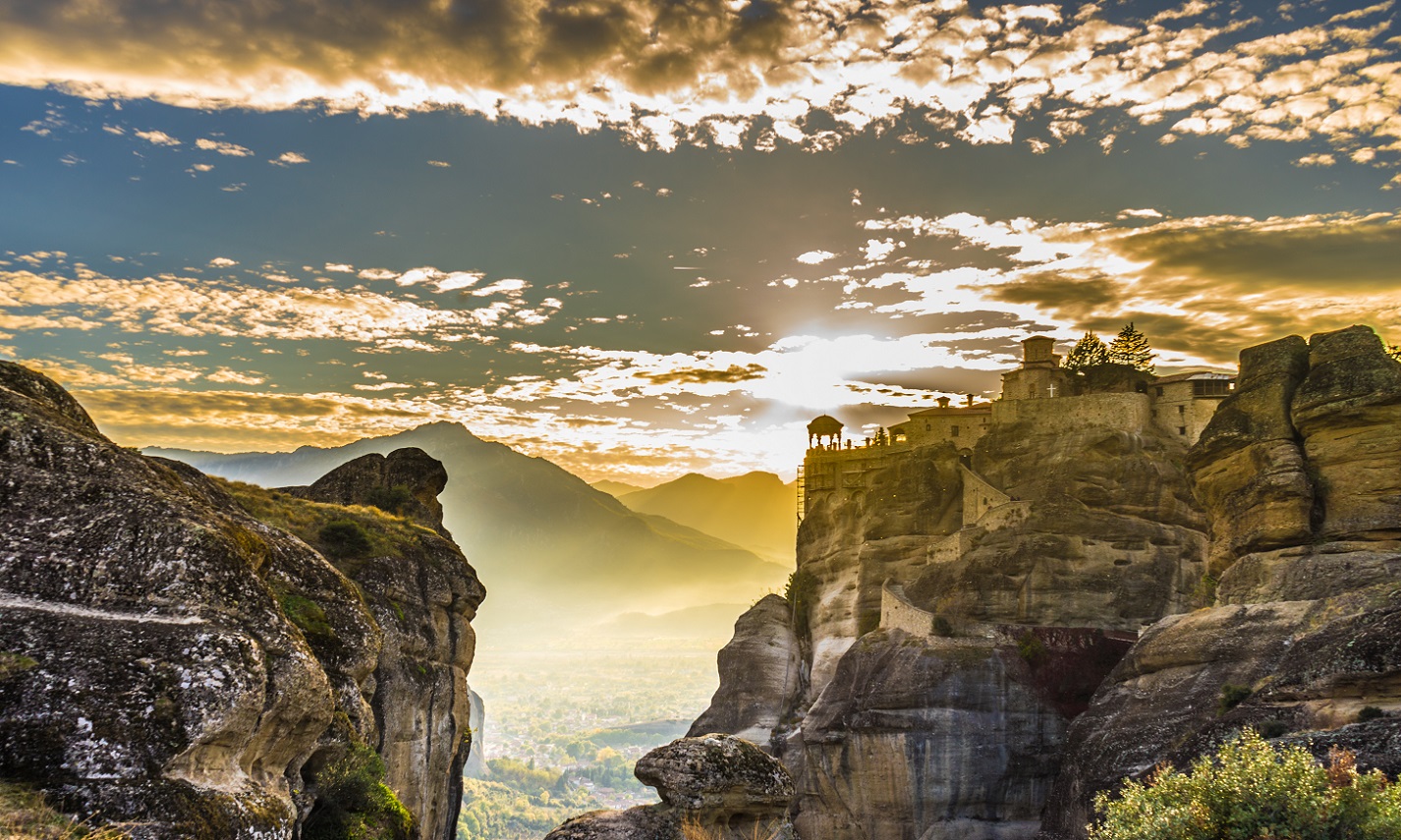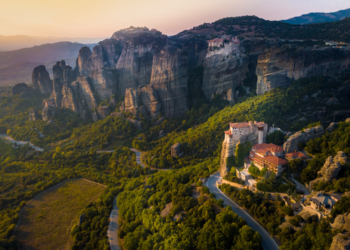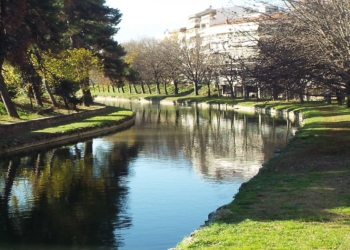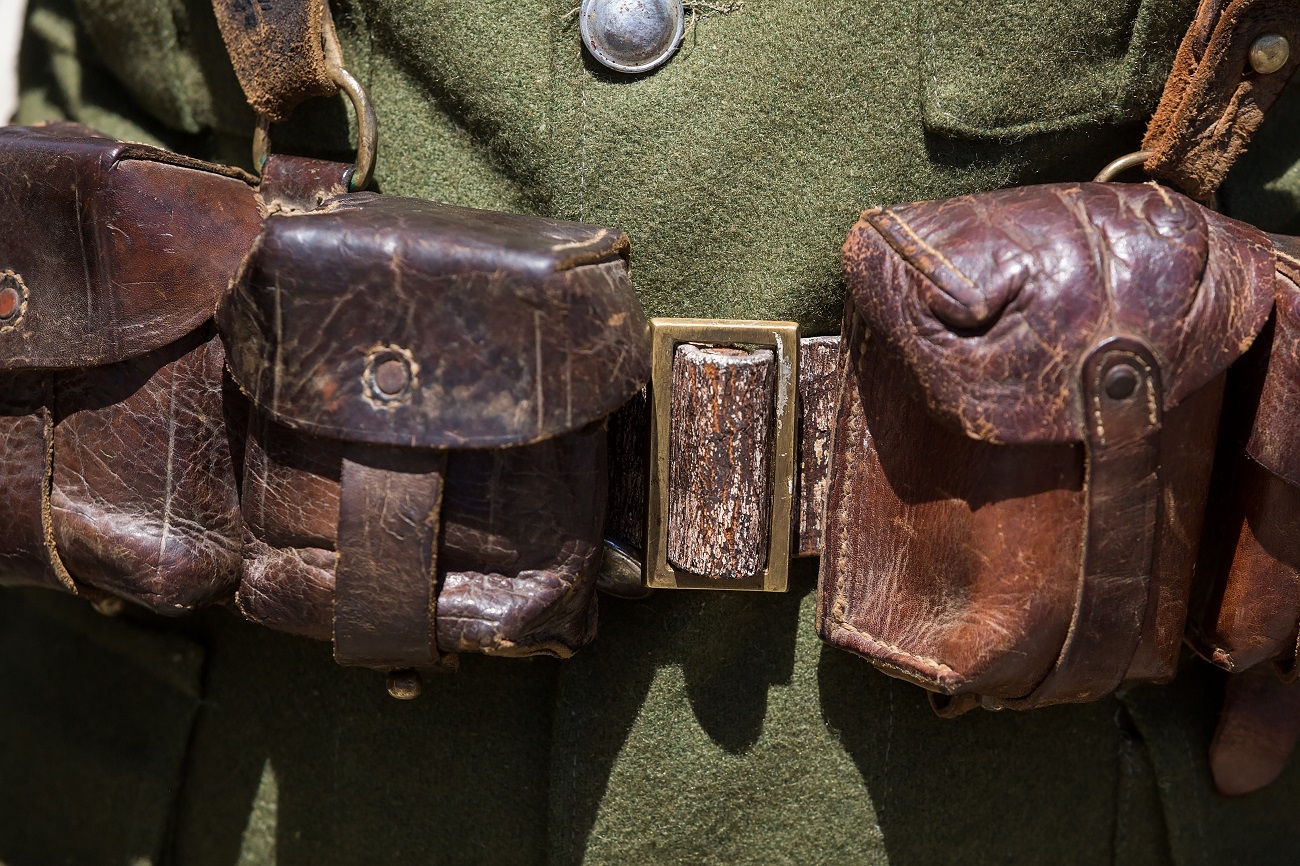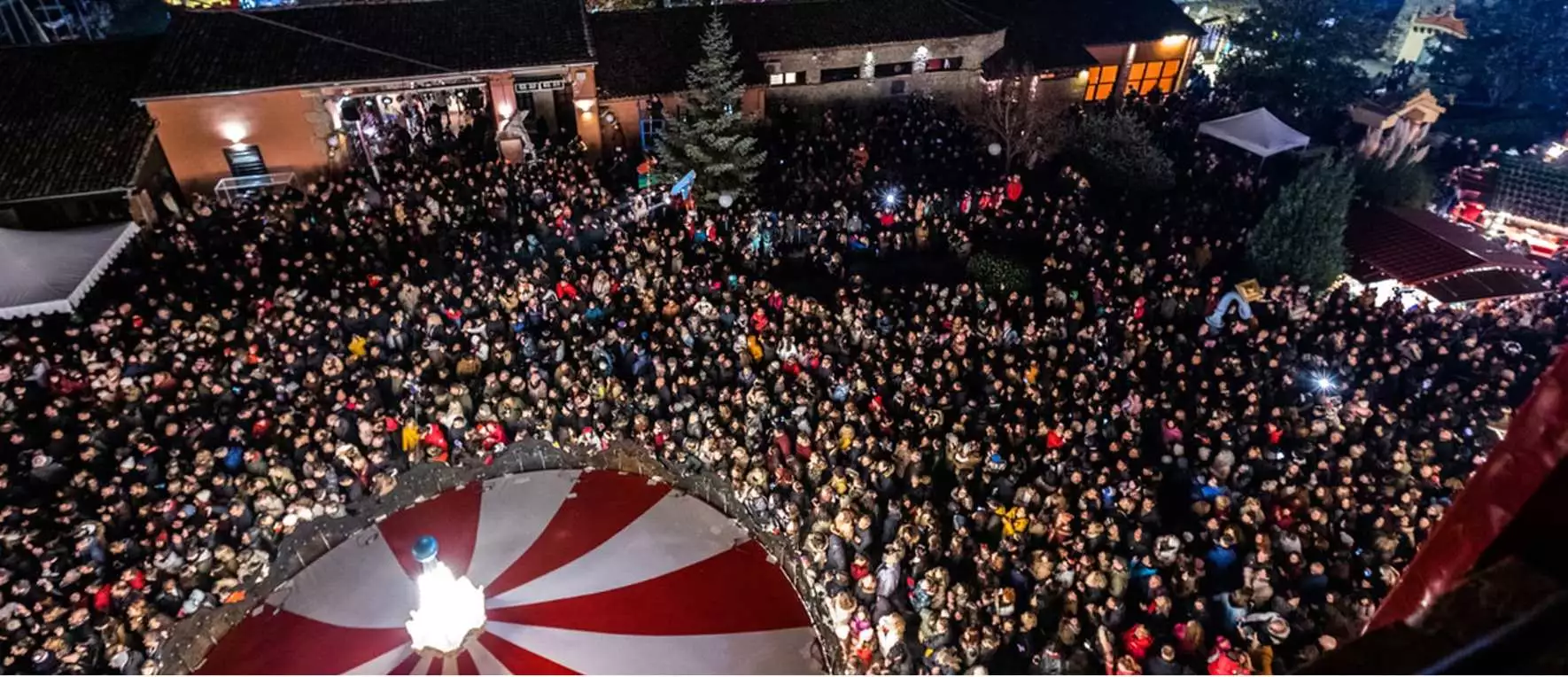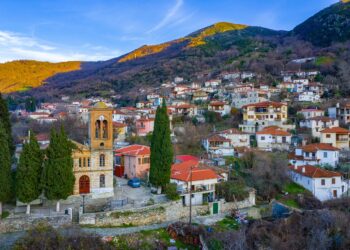Meteora is both a natural wonder and a spiritual fortress with monasteries in Greece. Visitors often compare it to the Grand Canyon for its stunning rock formations. It is the second most sacred place for Orthodox monks after Mount Athos. UNESCO has recognized Meteora as a World Heritage Site since 1989 for its unique beauty and cultural significance.
Meteora: Awe-inspiring images


The first people who dared to live on these “magical” rocks were the monks, who mastered the art of survival by climbing. The unique geological features of the area forced them to dig tunnels in the rocks to reach the monasteries. For many years they relied on rope ladders, ropes, and pulleys to communicate and get supplies.
Nowadays, Meteora attracts climbers from all over the world who want to challenge themselves and conquer the majestic rocks.
Meteora: The history of the monasteries
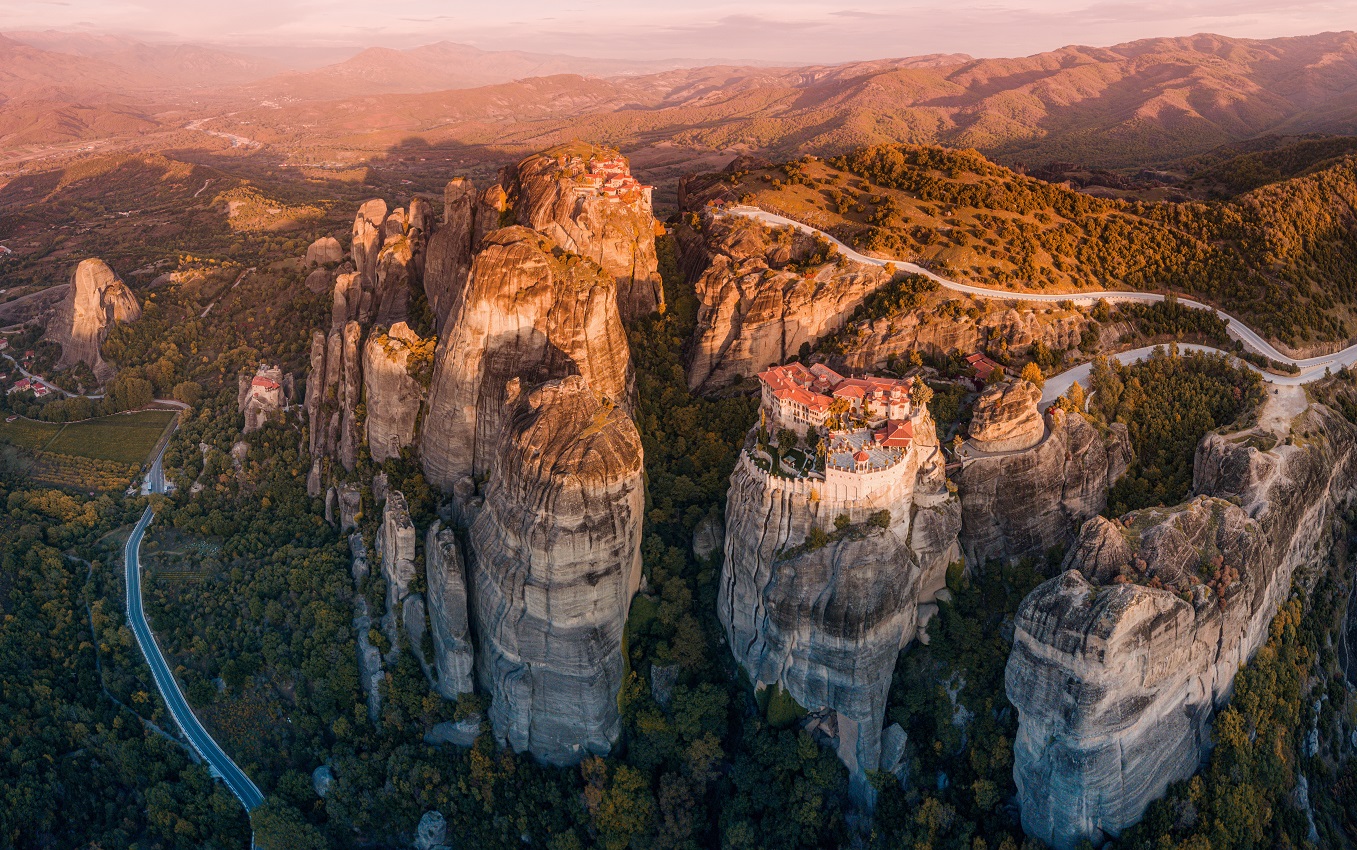
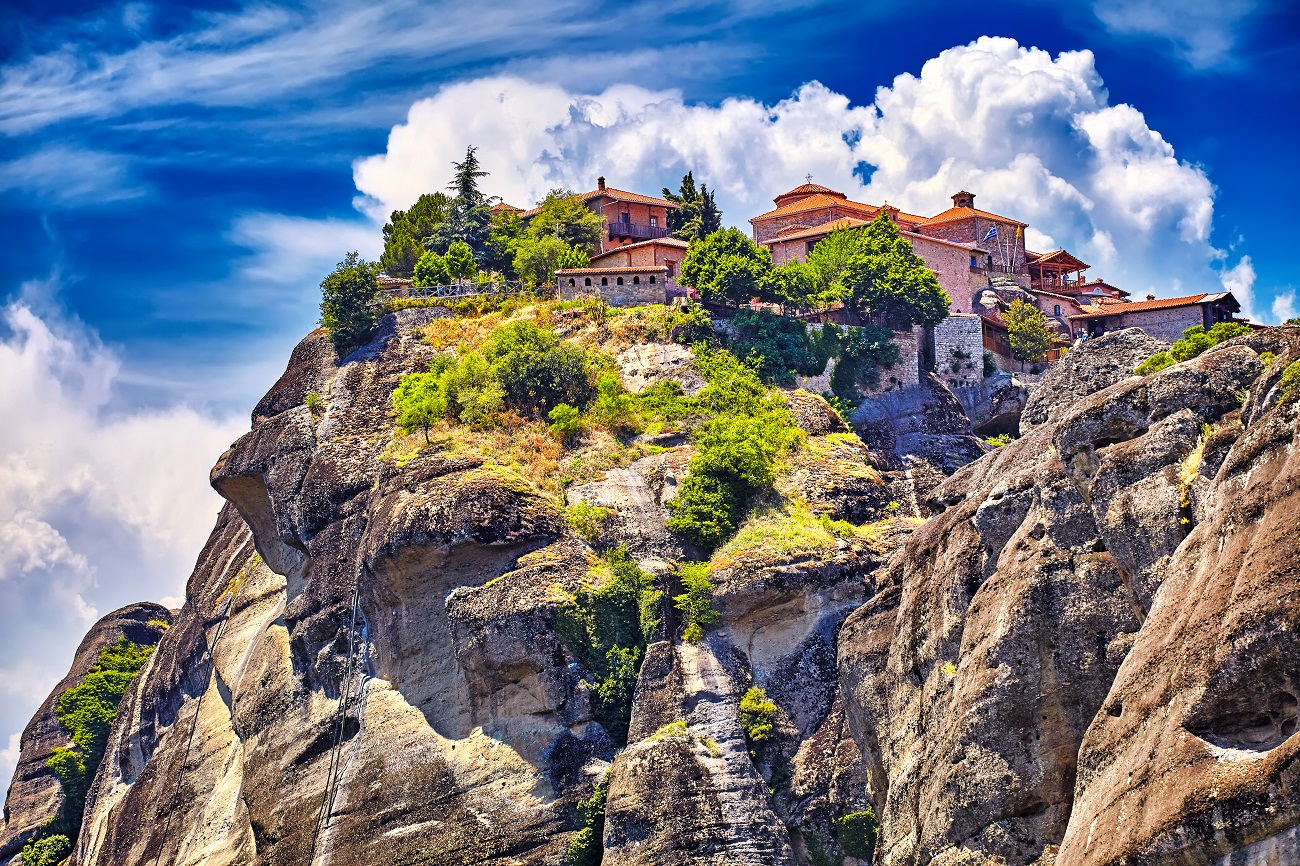
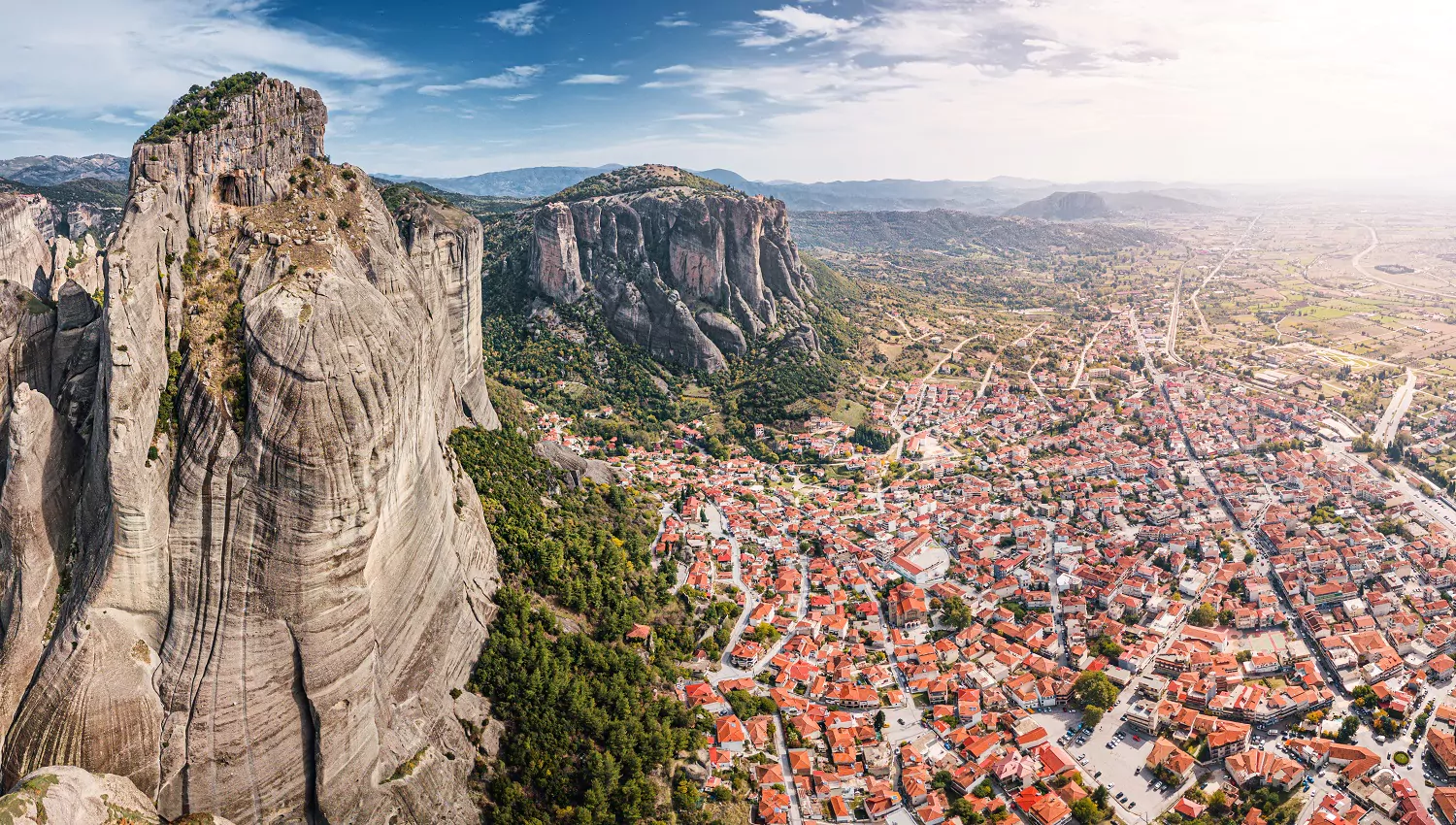
Places to visit: The 9+1 secrets of Meteora
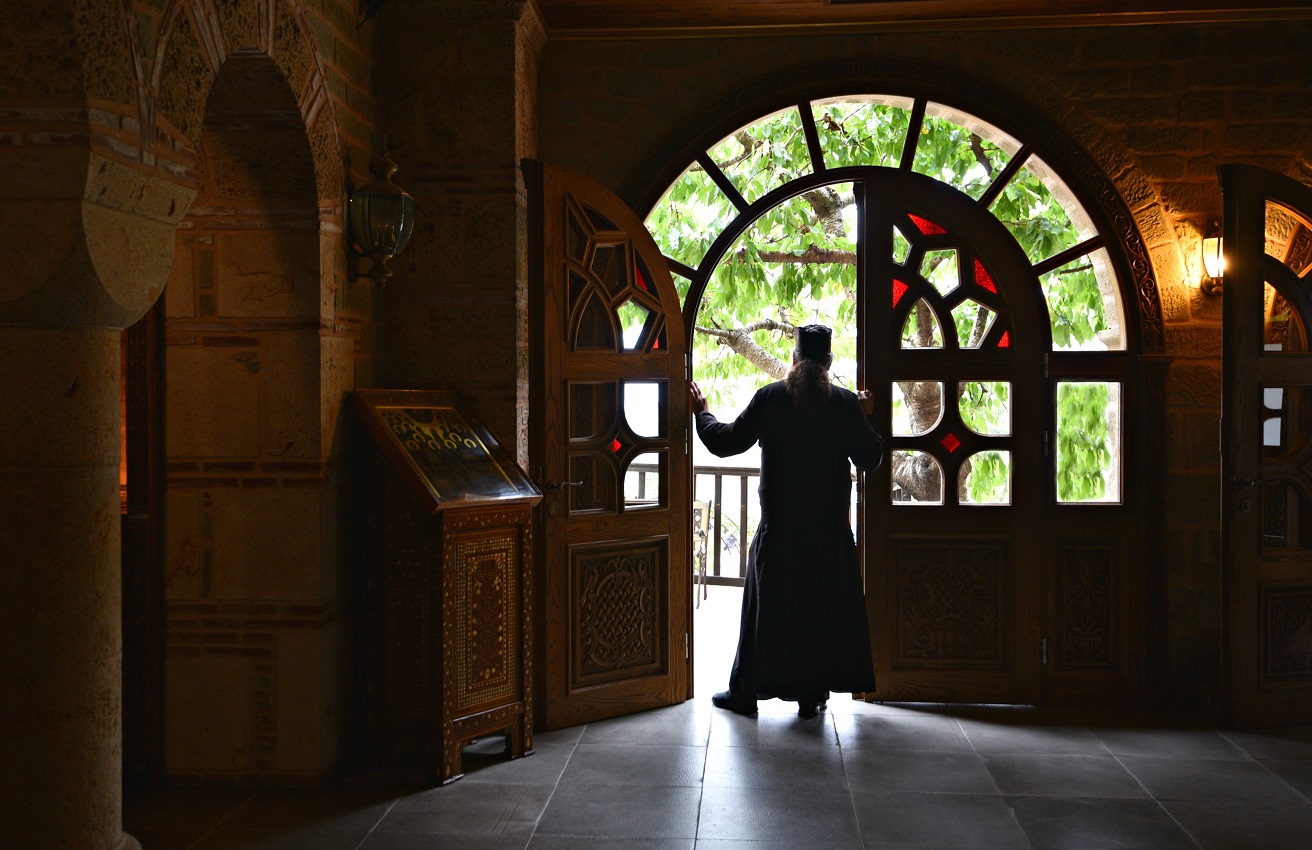
In the nunnery of Agios Stefanos stands out the impressive wood-carved iconostasis. This is the most easily accessible monastery while a small stone bridge connects the entrance of the monastery with the modern road.
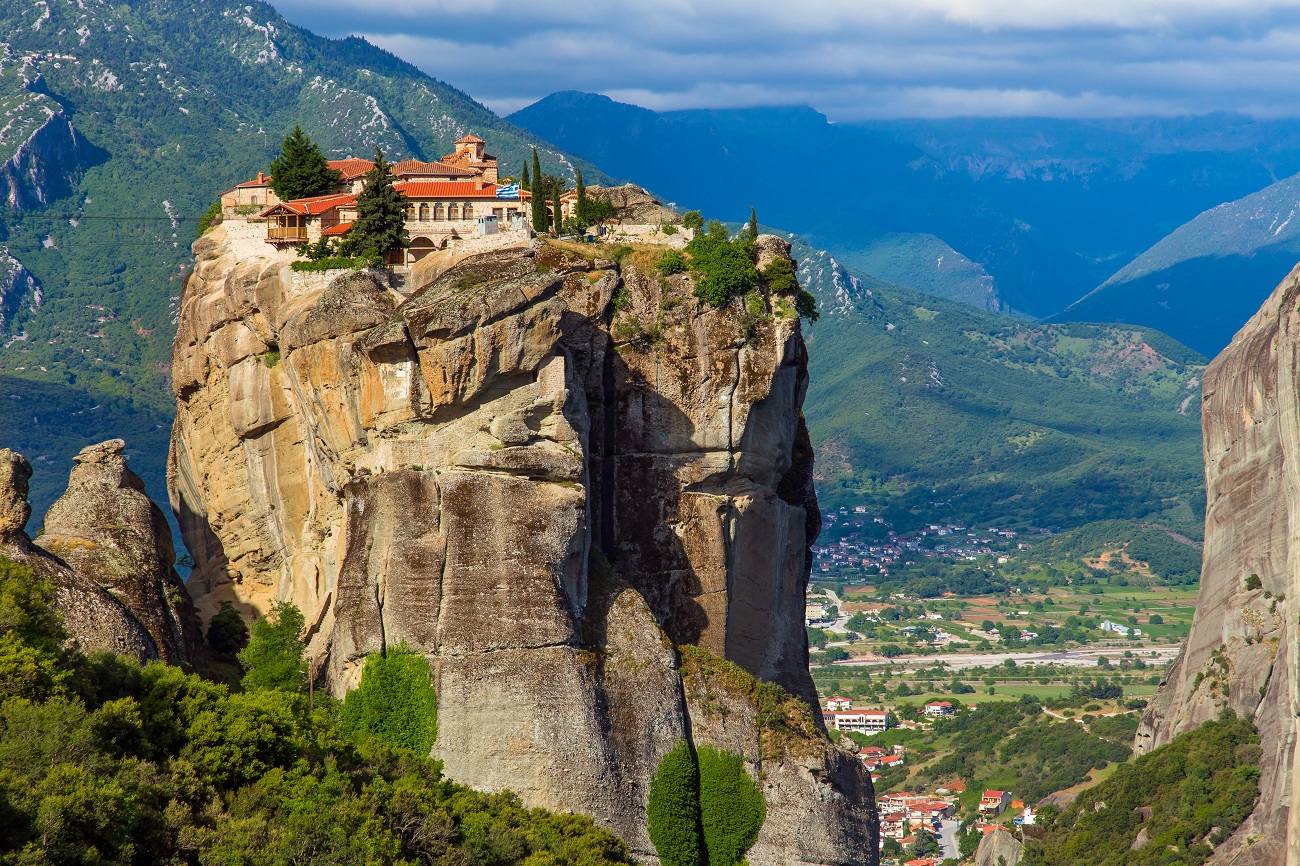
The steepest rock of Meteora nestles the monastery of Agia Triada. Visitors approach the monastery through steps carved into the stone, which adds to the unique experience of visiting this monastery.
Walking the route Kalambaka-Agia Triada (duration 30 minutes) you will have a truly panoramic and extremely charming view of the whole landscape of the rocks.
In the nunnery of Roussanou, the visitor will enjoy the route through the verdant path and whenΩ he reaches the monastery, the wonderful frescoes of the small church will steal the show.
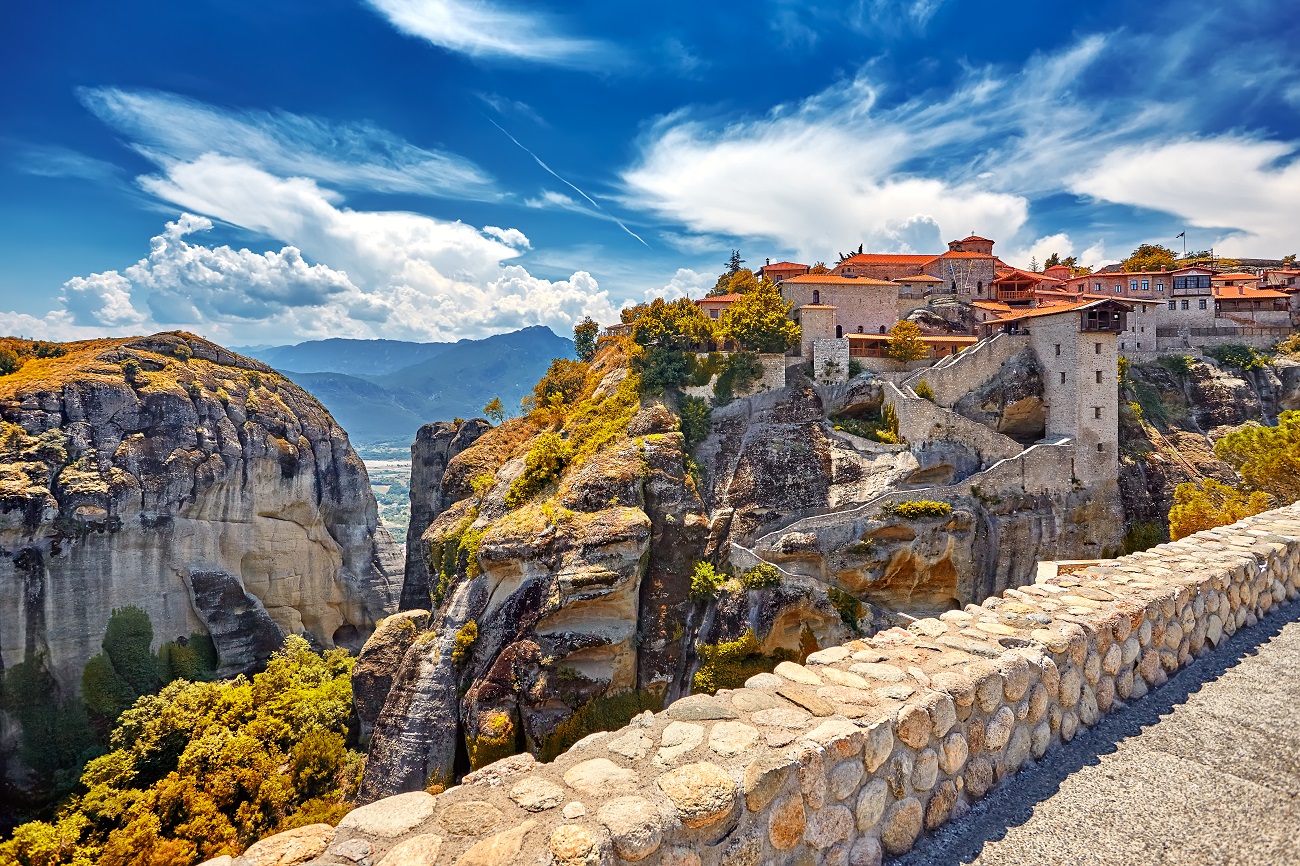
You can find, In the monastery of Agios Nikolaos Anapafsas “Starring” the frescoes of the famous hagiographer Theofanis Kris. The monastery is literally a stone’s throw from the huge rocks.
A walk in Sarakina. Located about 8 km from Kalambaka (towards Trikala) it considers a historic community. The main attraction here is the famous six-arched bridge of Sarakina. It was built in the 16th century by the metropolitan of Larissa Vissarion II.
Visit the cave of Theopetra which is one the historically interesting caves in Greece, and it is situated a short distance from Kalambaka, just 3 km away from Meteora, at the westernmost edge of the plain of Thessaly. Located at an altitude of about 100 meters it is above the surface of the plain and 280 meters above sea level. In front of it flows the river Litheos, a tributary of Pinios. It was created 137 to 65 million years ago!
Watch the impressive video
Travel to Greece – Google News – Follow us
Travel to Volos: Plan the excursion and follow one tip
The legend of the 365 churches in the unknown castle town of Aegina island


